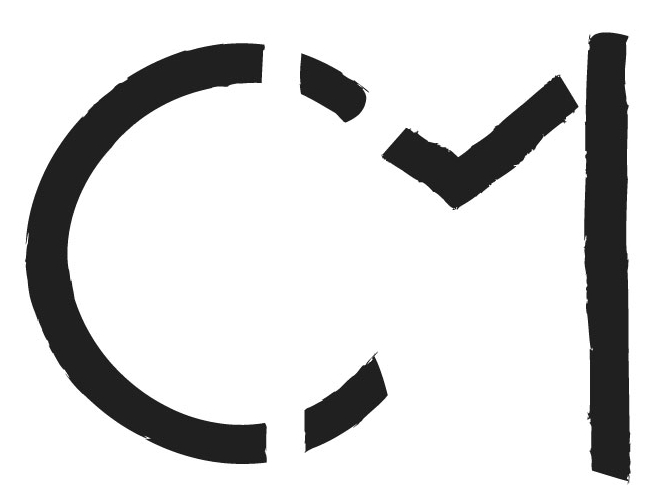Lay back on this starry night. Let the room absorb your senses. The smell of the irises and the fifteen sunflowers in the vase next to you. The eyes of the portraits judging you and questioning the presence of someone other than their creator inhabiting his bed. The bedroom.
The Art Institute of Chicago created an immersive experience, called "Let Yourself In", where visitors have the opportunity to stay a night in an infamous Vincent Van Gogh painting. Blending Van Gogh’s three different versions of the Bedroom, the most popular part of the exhibit transforms the painting into a 3 dimensional space. The room isn’t interpreted into reality, but rather, the structure still exists as the artist painted it. The furniture and walls were constructed with materials that mimic Van Gogh’s heavy brush strokes, and the lines, colors, and shadings are painted to a tee. Ad Age describes the team’s tasks as making the room “as faithful to the painting as possible, yet livable”.
painting (left) vs. exhibit (right)
Beyond the experience itself, the Art Institute of Chicago also concocted a creative marketing strategy to promote the exhibition’s opening. Partnering with Airbnb, the room is posted as a real listing consisting of Van Gogh’s personal room descriptions, desired $10 charge per night, and reviews from previous guests. Booking the first few weeks within minutes of release, the approach accomplished its goal of creating buzz.
Another approach to stir engagement involved creative pre-event promotion. Posters replicated a torn newspaper classified ad that advertised the available room and a number to text for more information. By texting, interested visitors were able to receive messages from Van Gogh himself about the listing. The social media staffers sent texts such as, “The apartment is not yet ready. Vacancies open 2/14. Text me back. We can talk existentialism and paint fumes”. By attracting its audience way before the event itself, the exhibit was already creating excitement in a fun way that communicated directly with the public. This tactic achieved its goals without being disruptive or pushing self-motivated sale objectives.
Aimed at drawing in attention over profits, the exhibit generated more than 500 million media impressions and nearly $6 million in earned media. The museum also received its largest opening weekend and gained over 2,500 new followers in the first two days.
The promotional strategy was a large success that illustrates the benefits of a creative and interactive advertising approach. The Art Institute of Chicago effectively positioned the campaign into platforms that were appropriate to the exhibit and the brand without having to cram content on more popular, exhausted social platforms. By partnering with Airbnb, the exhibit was able to reach a larger audience and give visitors a more unique experience than a typical museum admission. While applied to an art exhibit, this same creative approach to reach an audience seems to be a requirement in recent advertising. Consumers are evolving and want something more than to be yelled at with promotional material and ads.




